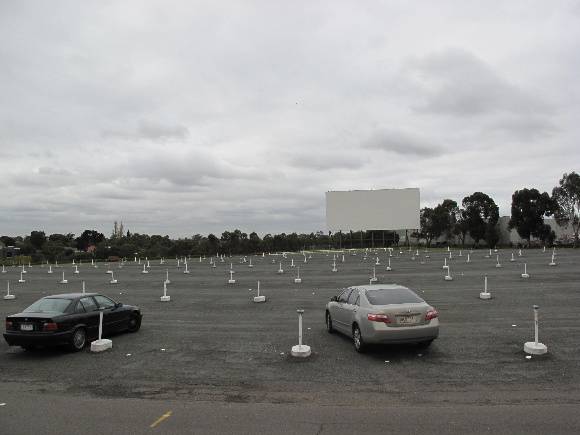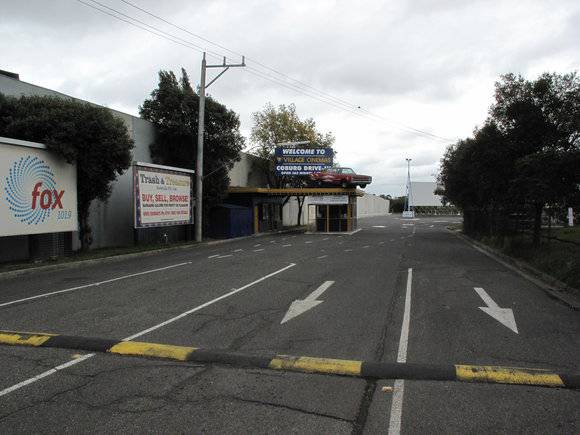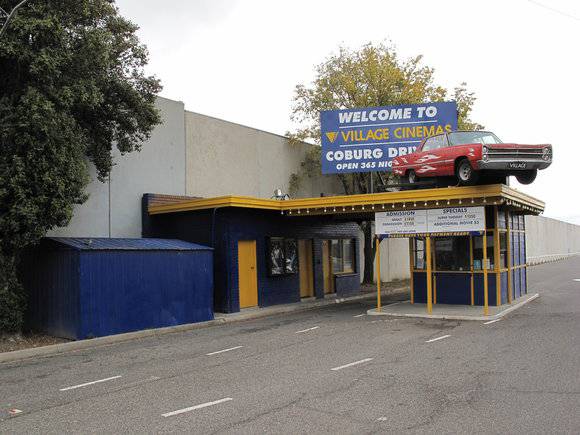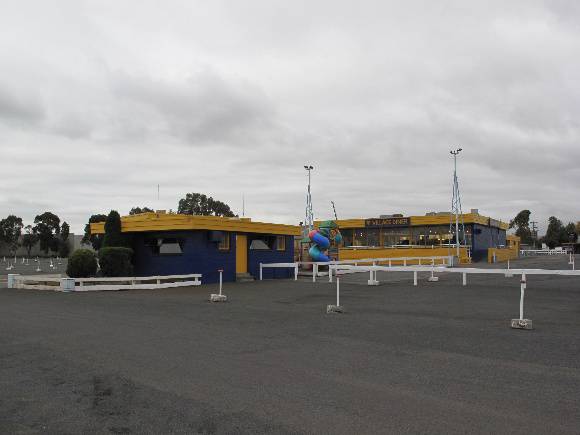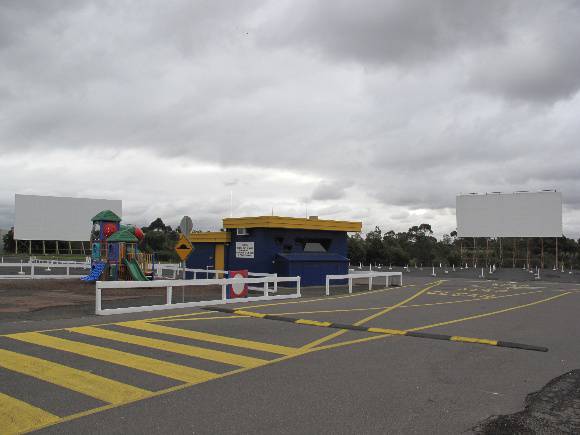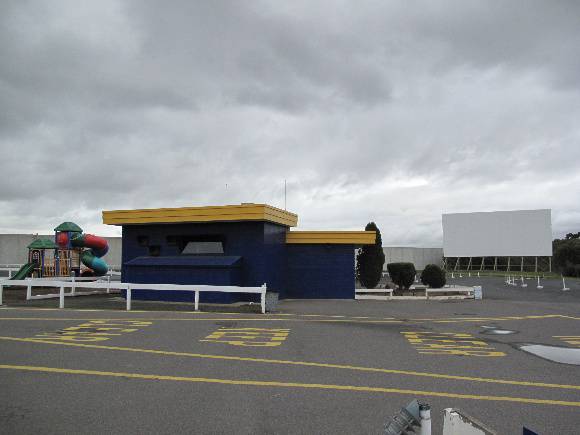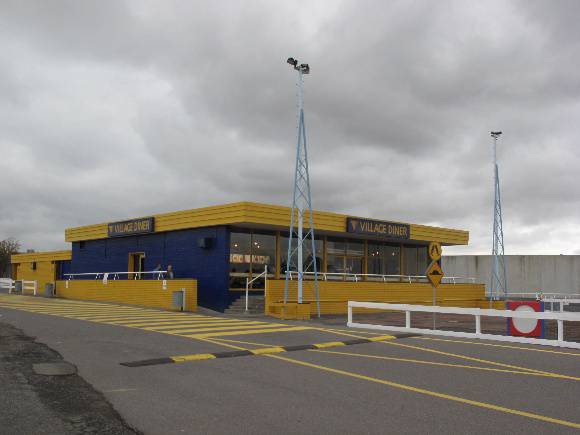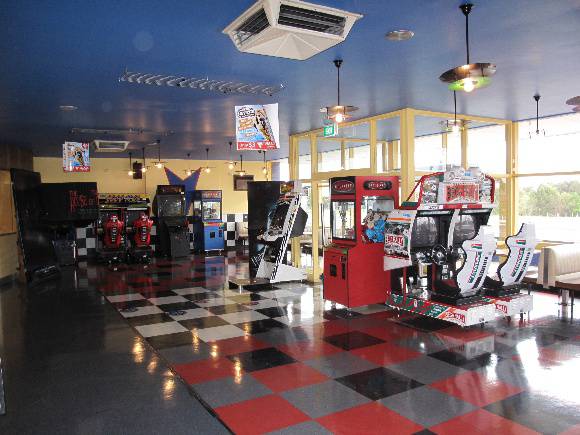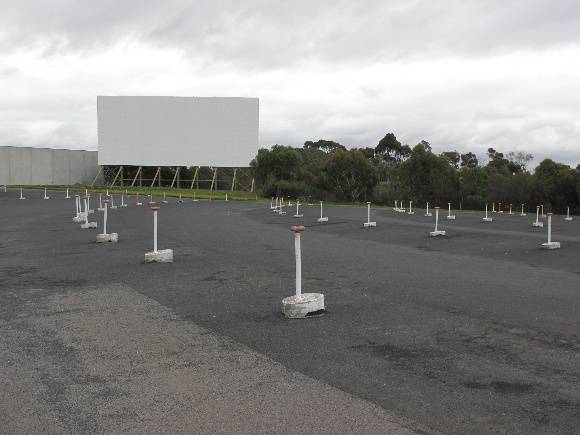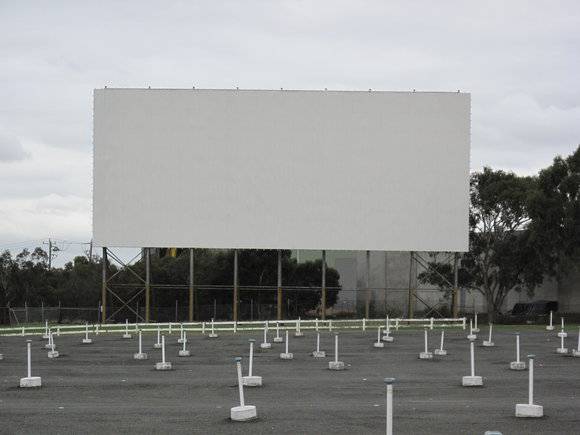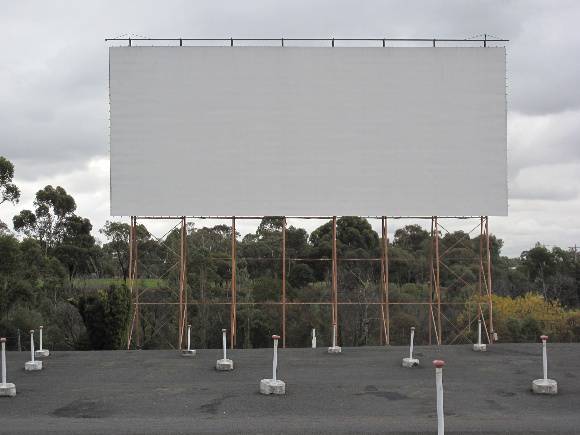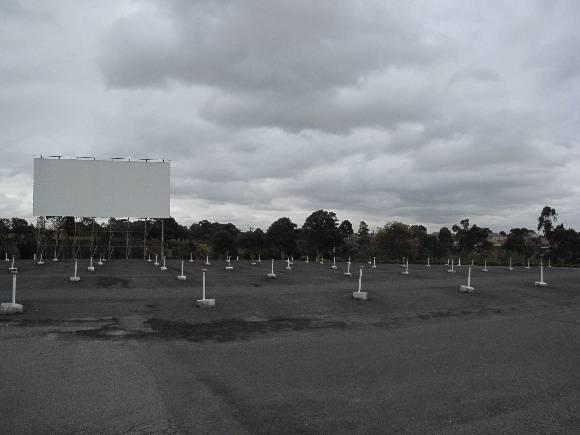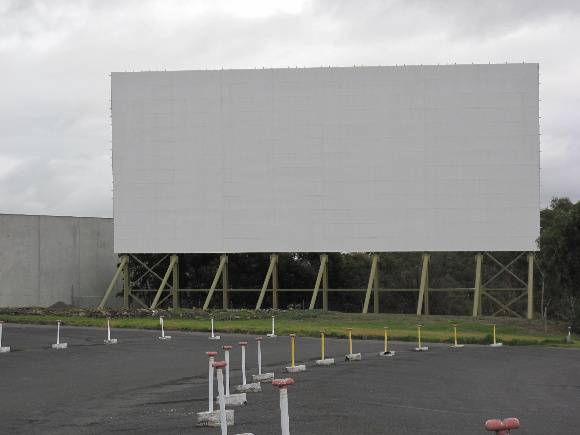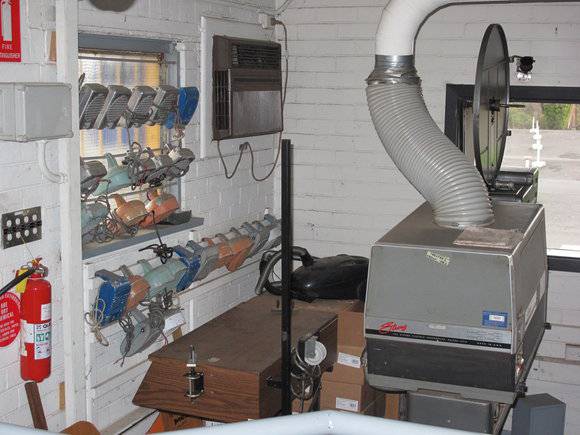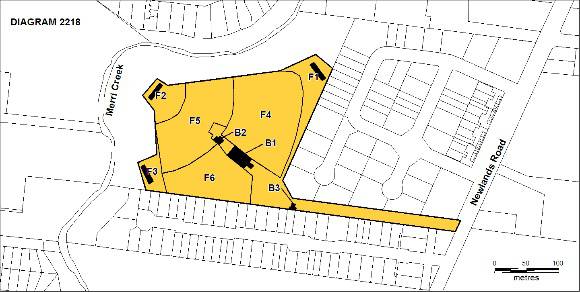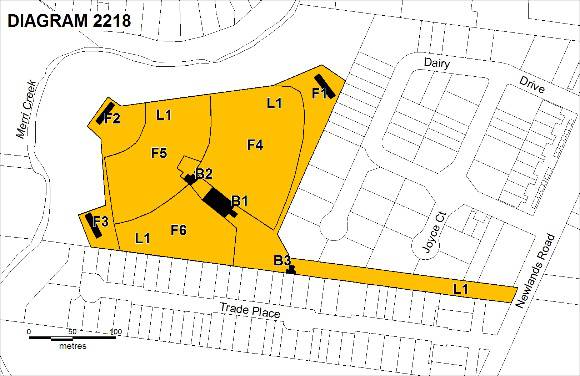| Back to search results » | Back to search page » |
|
COBURG DRIVE-IN
Statement of Significance
What is Significant?
The Coburg Drive-in cinema opened in 1965 as part of the Big 6 chain of drive-ins, under the direction of Sillman and Sharp, drive-in proprietors. Hoyts bought the drive-in in 1967 and operated it until it was closed 1984. Following the closure of all the other drive-ins in the northern suburbs of Melbourne, Village joined with Hoyts to re-open the venue in 1987, introducing a second screen. The drive-in remained successful, and a third screen was added in 1995. The significance of the Coburg Drive-in is in the layout of the fields, berms and screens that immediately identifies the place as a drive-in cinema. The site includes a diner, a projection building and a ticket box. These are utilitarian brick structures that date from the opening of the drive-in in 1965. The projection building was enlarged to accommodate another projector for the second screen installed in 1987 and was internally modified to include a raised platform for the third projector that was installed in 1995. These buildings contribute to the significance of the place, as they represent the usual component parts of a typical drive-in complex. The layout of the drive-in has been adapted since 1965 due to the introduction of two screens. The single field of 1965 has been divided into three fields separated by white post and rail fences. Berms have been constructed in each field to elevate the noses of cars towards the appropriate screen. Sound was originally delivered to the cars via a small speaker that clipped onto a side window of the car. The speakers were attached to a post located to the side of each parking space. The old speakers have been removed but the posts remain. How is it Significant?
The Coburg Drive-in is of historical significance to the State of Victoria.
The Coburg Drive-in is of historical significance as a reflection of the mid-twentieth century rise of the influence of the car on Victorian society and culture. Along with motels, service stations and other places and urban forms associated with the rise in private car ownership, surviving drive-ins are significant for their association with the development of a car culture in Victoria during this period. The Coburg Drive-in is of historical significance as a reflection of the Americanisation of Victorian cities and country towns in the 1950s and 1960s. Drive-ins were most popular in the United States, Canada and Australia. Inspired by American cultural trends, drive-ins functioned like mobile extensions of the family living room, and were consistent with a trend in personal behaviour to be less formal and inhibited in public spaces. Drive-ins grew out of the extraordinary popularity and increasing affordability of cars, and provided a novel and easy form of entertainment. The Coburg Drive-in is significant as a rare surviving example of a drive-in cinema. It is one of three that remain in operation in Victoria out of approximately sixty at the height of drive-in popularity.
Why is it Significant?
Group
Recreation and Entertainment
Category
Drive In Cinema


